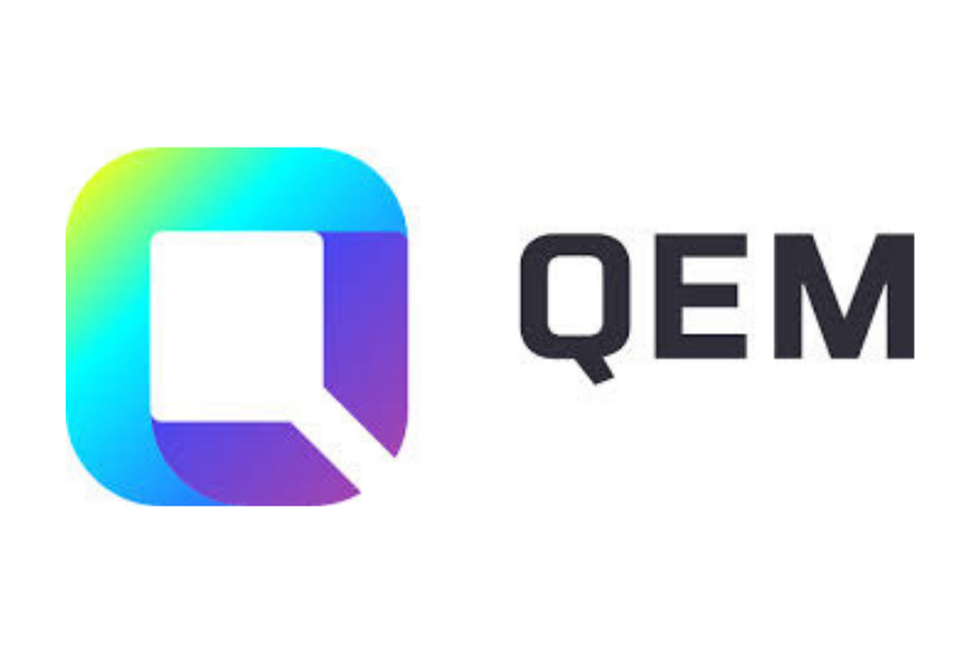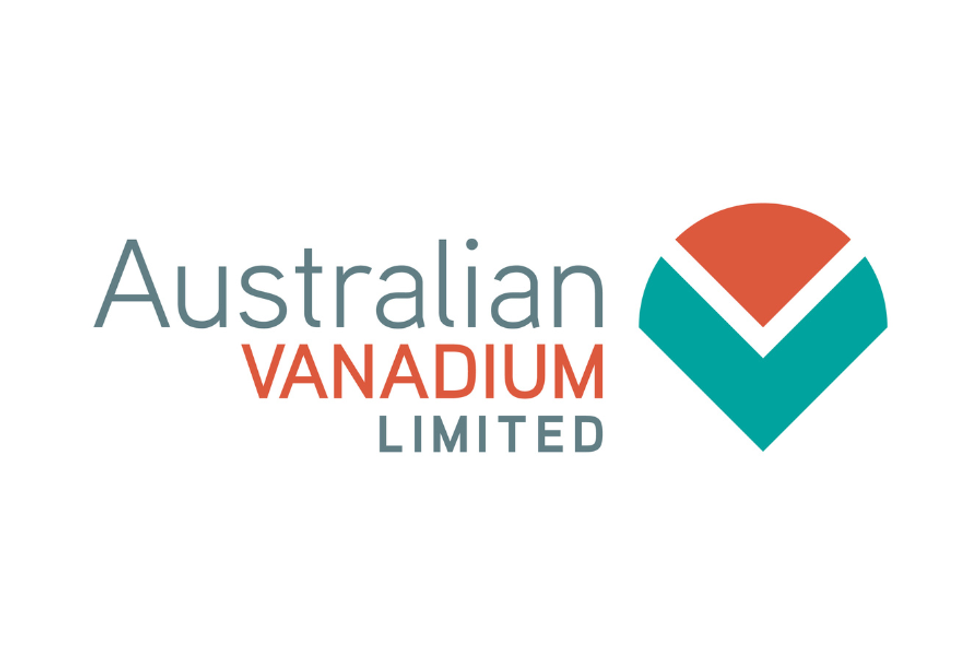The Conversation (0)
Roskill’s Jack Bedder Breaks Down the Vanadium Price Rally
Aug. 17, 2017 04:30PM PST
Battery Metals Investing
Vanadium prices have gained since mid-July on tightening supply in major producer China. Roskill’s Jack Bedder offers insight on the market.
Over the past three weeks, European spot ferrovanadium prices have jumped from about $28 per kilogram to $43, Jack Bedder of Roskill Information Services said via phone.
Meanwhile, vanadium pentoxide prices have risen from $5.75 per pound to $9.50 since mid-July.
That’s “probably the most exciting thing that’s happened to the vanadium price in some years,” he noted. Bedder, a commodities analyst, explained that tightness in the availability of Chinese feedstock has raised domestic ferrovanadium prices to between $60 and $65; in turn, that has boosted prices in Europe and the US.
Over 90 percent of ferrovanadium, an alloy of iron and vanadium, is used by the steel industry. Bedder noted that “there have been shutdowns in China owing to environmental inspections, so that’s probably added a little bit to the tightness of the vanadium units. Probably some general restocking as well.”
In recent months, the Chinese government has forced some factories to suspend operations or close in an effort to reduce pollution. According to Metal Bulletin, market participants are waiting to see if producers will be given permission to resume production in September.
China was the world’s largest miner of vanadium in 2016, accounting for an estimated 44 percent of global production in 2016. Outside the Asian nation, vanadium miners include Glencore (LSE:GLEN), which produces vanadium as a by-product, and Brazil-focused Largo Resources (TSX:LGO). Click here to learn more about the vanadium space and the companies operating within it.
As mentioned, the metal is most commonly used in steel, but analysts believe Chinese steelmakers will continue to reduce output as stocks at China’s ports are high. Yao Wei, chief China economist at Societe Generale (EPA:GLE) in Paris, told Bloomberg that a slump in housing sales growth is a main indicator of slowing domestic demand.
Bedder said there is “reasonably good demand for rebar,” and commented that China’s new government regulations on rebar quality standards are being implemented. “This rebar has to have a certain amount of vanadium in it, so positive news on the demand side,” he explained.
Outside of steel, vanadium redox batteries are an emerging application for vanadium, said Bedder. He commented, “we envisage that over the next 10 years the battery market could represent maybe 7,000 tonnes of vanadium, but the upside is probably as high as 30,000 tonnes.
He added, “energy storage obviously is going to be a big thing, and it’s about which technologies we enact. I don’t think there’s going to be one winner. Vanadium redox [batteries] will probably have a share. Lithium-ion will as well.”
Traders estimate that global vanadium production was about 75,000 MT in 2016, but global consumption was about 80,000 MT. Vanadium feedstock supply peaked in 2013, though it has since declined. Output from China decreased between 2014 and 2015.
Don’t forget to follow us @INN_Resource for real-time news updates!
Securities Disclosure: I, Melissa Shaw, hold no direct investment interest in any company mentioned in this article.
UUUU

